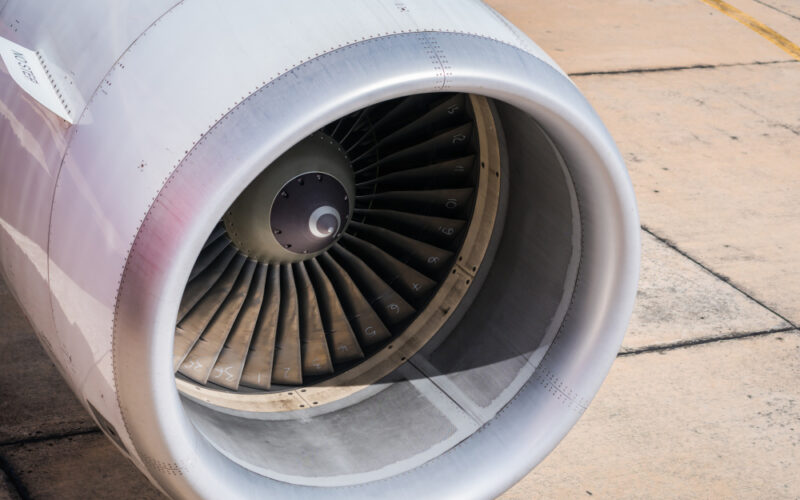When you ride on an airplane, you might see the air vent overhead. All flights are given cool air thanks to it. Have you ever given its mechanism any thought? The air around an airplane can get as hot as 40 degrees Celsius when it’s on the ground, and it can get as cold as -50 degrees Celsius while cruising. The airplane air cooling system makes use of very unique processes to provide passengers with a continuous environment (Flying Staff, 2022).
We must first understand how the standard air conditioning system functions. In order to cool the air, the air conditioning system often requires a gas or electric converter. Additionally, the converter’s mechanism uses the thermodynamic principle to chill the air. According to the thermodynamic principle, when a substance’s phase changes, its temperature either rises or falls. By exerting pressure, the converter converts a gas into a liquid, raising the temperature in the process. Additionally, when the heated liquid flows through the condensing coil, it becomes colder. However, there must still be one more step taken to chill the air because it is not cold enough. In order to shift the liquid’s phase back to gas, it is necessary to increase the volume of the liquified gas. The gas temperature drastically decreases as a result. The air conditioner cools the air by using this extremely chilly air (Energy.gov, n.d.).
Each aircraft utilizes a quite different air conditioning system, incidentally. The pressurization air conditioning kit, or “pack system,” is used by the aircraft air conditioning system. Bleed air, also known as high-pressure air gathered from the engine, or APU—auxiliary power unit—is used by the pack system. However, because the bleed air is only gathered in the area before the engine’s compressor, it is fresh and clean. It is also quite hot because it is collected there. It can get as hot as 120–200 °C. Then the bleed air should be cooled because it is very hot. But before cooling the air, the bleed air is passed through the compressor to increase the efficiency of cooling. But once more, a gas’s density decreases as its temperature rises. This contributes to condensers’ reduced efficiency. Therefore, before being compressed once more, the bleed air is cooled using an external air and heat exchanger. After that, another heat exchanger is used to further compress the air. After that, a turbine is used to discharge the air’s pressure. This system is called the pack system. The temperature of the air emerging through the pack is below zero degrees Celsius. For the staff and passengers on board, this would be too cold. Therefore, hot air, known as bleed air, is combined with the cold air. Therefore, it can keep a consistent temperature in the cabin by combining hot air and pack air and varying their ratios. Additionally, it features a failsafe, a feature that is crucial to aviation safety (Maaz, 2022) (Aircraftsystemstech.com, 2017).
References
Aircraftsystemstech.com. (2017). Aircraft Air Conditioning Systems. [online] Available at: https://www.aircraftsystemstech.com/2017/05/aircraft-air-conditioning-systems.html [Accessed 27 May 2023].
AviationHunt Team (2020). How does Air Conditioning work on an Airplane? – AviationHunt. [online] AviationHunt. Available at: https://www.aviationhunt.com/aircraft-air-conditioning-system/.
Energy.gov. (n.d.). Air Conditioning. [online] Available at: https://www.energy.gov/energysaver/air-conditioning [Accessed 27 May 2023].
Flying Staff (2022). What Is Standard Temperature in Aviation and How Does It Affect Flight? [online] FLYING Magazine. Available at: https://www.flyingmag.com/guides/what-is-standard-temperature-aviation/ [Accessed 27 May 2023].
Maaz, M.A. (2022). Chill Out: How Airplane Air Conditioning Keeps You Cool. [online] Simple Flying. Available at: https://simpleflying.com/how-airplane-air-conditioning-works/ [Accessed 27 May 2023].
